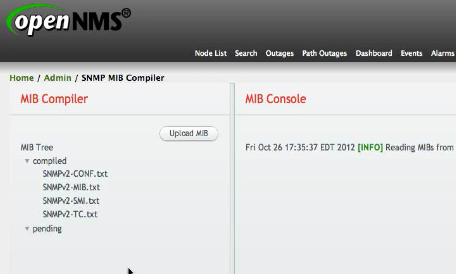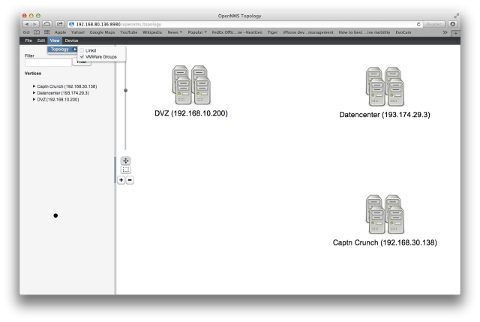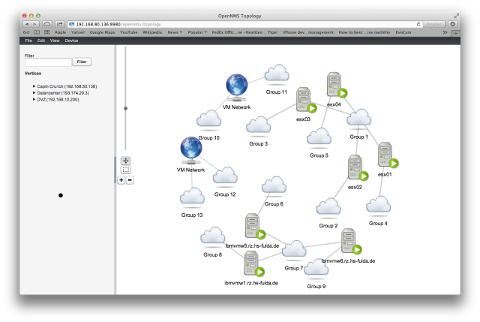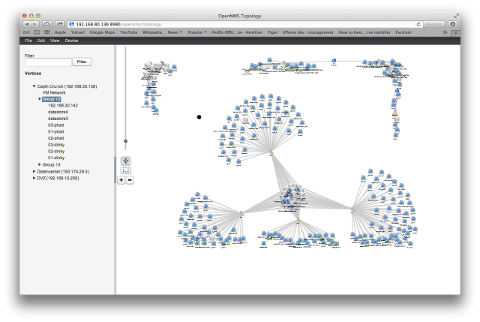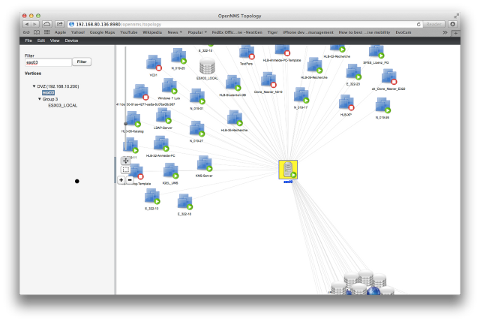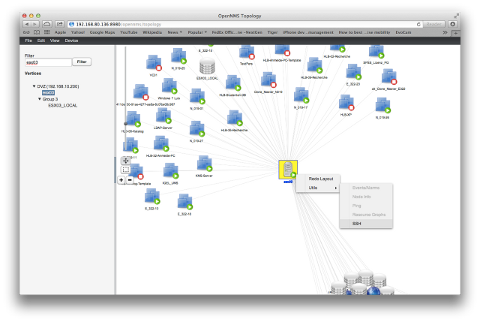I travel a lot, and one thing I really hate to do is to rent a car. My usual trip is a week or so at a client site deploying OpenNMS, and outside of work and dinner I pretty much just live in the hotel, so there isn’t much driving around that I need to do. However, at certain sites you just can’t avoid driving so I just suck it up and pay something like $5 a mile for the privilege.
Enter Zipcar.
A couple of years ago I was planning on being in Portland, Oregon, probably for OSCON. Portland has great public transportation, so I hate renting a car when I go there, but I wanted to visit a client across the river in Vancouver, Washington. So I checked out the Zipcar service. Zipcar lets you rent cars by the hour. It includes fuel and insurance (with a $750 deductible) and it is supposed to be pretty easy to pick up and drop off. I figured I’d rent a car for a few hours, drive over and drive back, all for less hassle than a usual car rental.
So I signed up. It costs $50 a year for a membership and then rentals are an hourly rate on top of that. For whatever reason, I didn’t use Zipcar on that trip, but I’ve kept my membership current and I travel with my card.
Last week I was in Chicago. I love Chicago, especially since I can get around pretty easily on public transit. They have a great subway system supplemented with lots of bus service. However, I ended up having to go to Loves Park, Illinois, not realizing it is practically in Wisconsin. I pretty much decided that I couldn’t make the trip until I remembered Zipcar.
I was staying on the Magnificent Mile, and the Zipcar website told me that there was a location a couple of blocks away at the Four Seasons hotel. I booked a car for the afternoon, setting up my reservation on-line (I later downloaded the Android app) and when the time came I used the detailed instructions on the website to find the parking garage and my car.
The Zipcar membership card uses RFID, and there is a sensor mounted to the driver’s side windshield of the car. You use your card to both unlock and lock the vehicle, as the key is supposed to stay with the car at all times (mine was attached to the dash using a retractable pull string). Once I got settled in the car, I used the access card in a pocket in the visor (right next to a gas charge card) to exit the garage.
The trip to Loves Park was uneventful, and it would have been impossible to get there on public transit.
Included in the car rental is fuel. The Zipcar philosophy is all about sharing and courtesy, so you are supposed to return the car with at least a quarter of a tank of fuel. I estimated that I would have at least that much left after I returned to Chicago, but I wanted to try out their gas purchasing system, so I filled the tank in Loves Park (I also figured the cost would be less than in Chicago proper).
Each Zipcar comes with a gas card. It works like a credit card, but when you use it the pump asks you for the odometer reading and your membership (or “driver”) number. I’m not sure if this is something unique to Zipcar or if this is a common system usable by any motor fleet, but as soon as I entered the information I was able to fill the tank.
Oh, you might be wondering what type of car Zipcar provided to me. It was a BMW 328i.

I was requested to use premium gasoline.
Some extra nice touches: there was a micro-USB charger in the glovebox, which I ended up using since I needed my phone to act as a GPS (sorry iPhone users – there was no plug for you). There was also a pretty decent mixed CD in the CD player (burned on a CD-ROM). I don’t know if they come with all Zipcars or someone just left them there, but I did the same to keep within the Zipcar spirit.
The only downside was that there was something a little off with the alignment and there was a pronounced vibration while driving. It was very noticeable in the 55-65 mph range, and I dutifully tested a variety of speeds (strictly as a matter of science) but it never fully went away. I can’t seem to find any way to report this to Zipcar, however. While I seem to remember seeing something on my phone during the reservation, I was trying very hard to get the car back in time for the next renter that I didn’t explore it at the time, and now the option is gone. I did manage to get back under the 180 mile/day limit, clocking in at 174.
Outside of the mileage limit (which won’t affect most renters) the other thing to watch out for is that there is no refund if you return the car early, and while I am not sure of the penalties, the website hints that it is very uncool to return a car late, especially if someone has a reservation after you.
Overall the experience was so nice that I’m thinking that NASDAQ:ZIP at $6.50 is probably a deal. It was way more convenient than any car rental I have done in my life, and that is actually saying something.
Oh, are any of my three readers going to the LISA conference in San Diego in December? I won’t be at the conference but I plan to be in the city, and I’ll be using Zipcar to get around if anyone wants to get together.
[UPDATE: I got a surprise call this morning from Nef, the Chicago Zipcar fleet manager. He apologized for the alignment issues I was experiencing and even gave me a credit against future rentals.
What I love about this is that a) someone found this post, b) cared enough to read it and then c) bothered to look up my phone number and call me. I’m definitely looking forward to my next opportunity to use their service]
